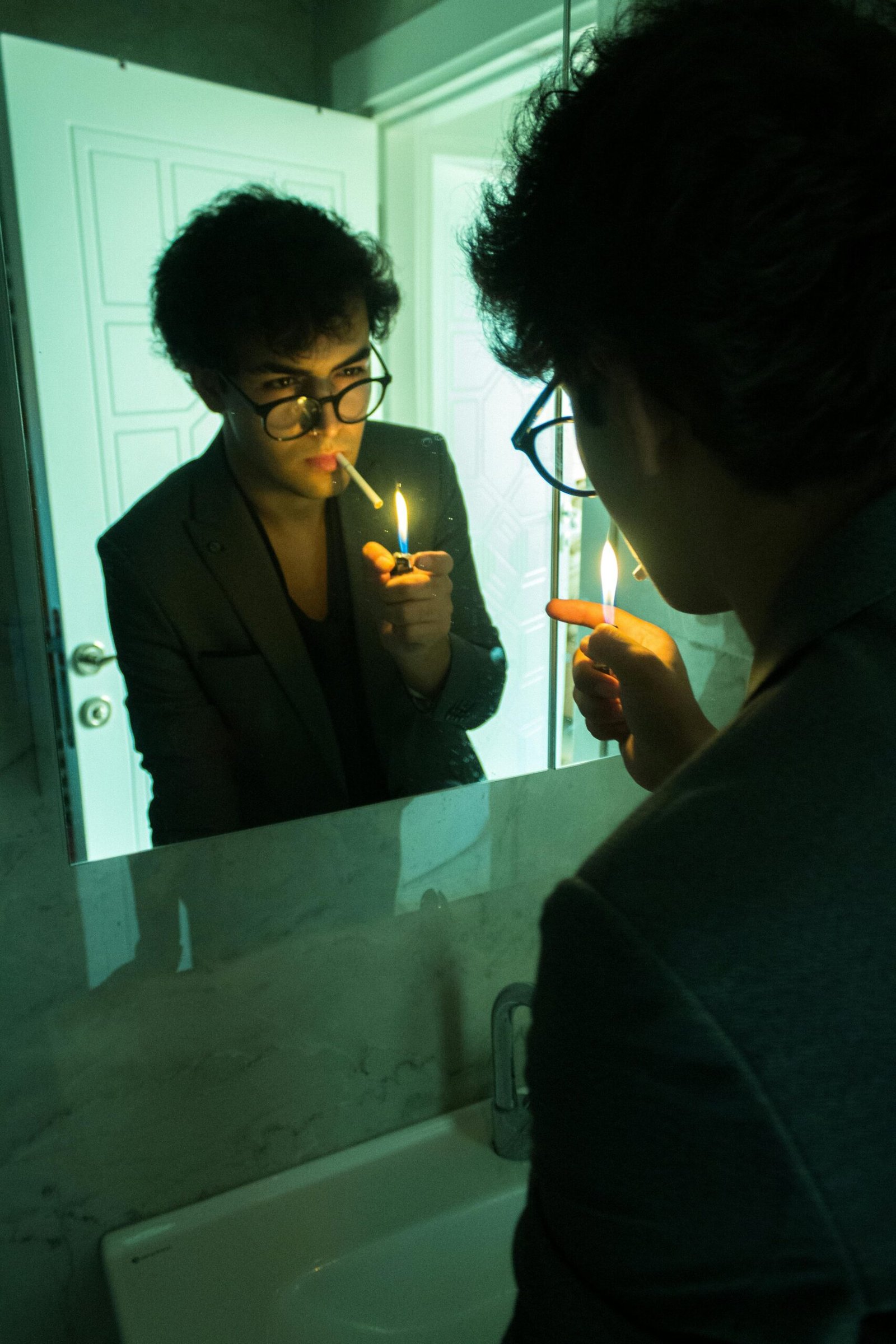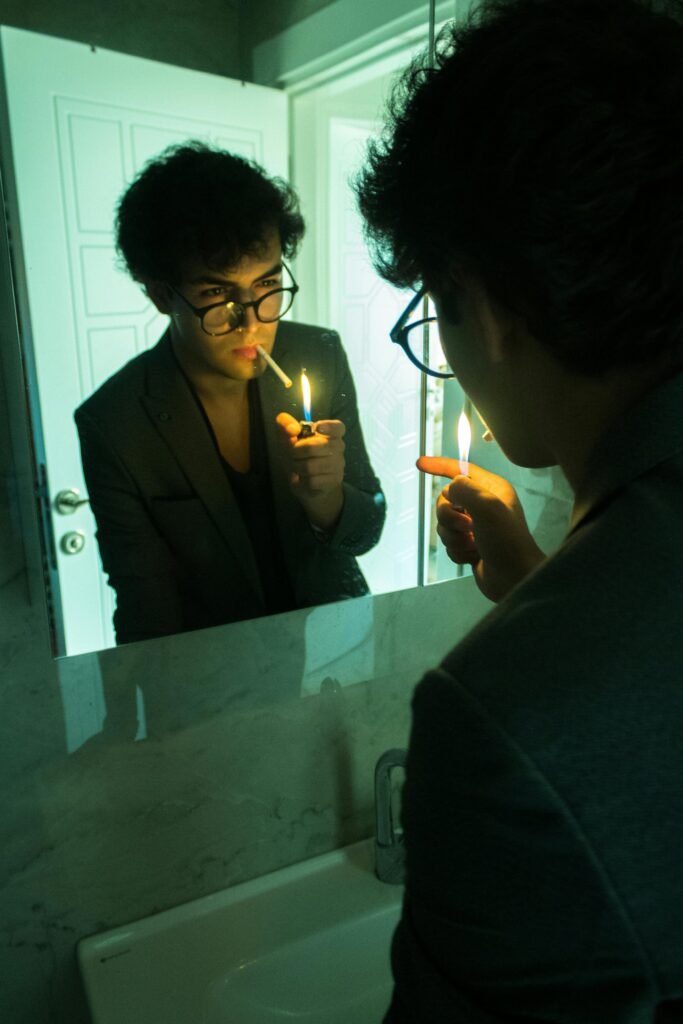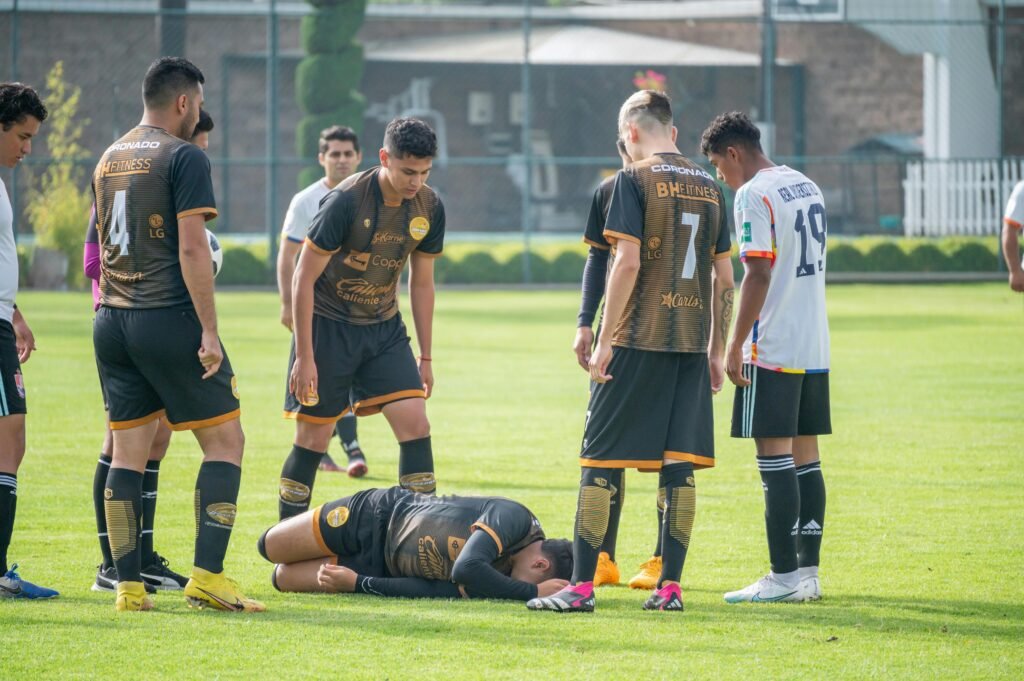
In “Important Bathroom Safety Reminders,” we will explore some essential tips and reminders to ensure your safety in the bathroom. From preventing slips and falls to avoiding potential hazards, this article aims to provide you with valuable information on maintaining a secure and accident-free bathroom environment. So, whether you are a senior, a parent, or someone simply looking to make their bathroom safer, these practical reminders will help you take proactive measures and create a more secure space for everyone.
Preventing Slips and Falls
Slips and falls in the bathroom can lead to serious injuries, but there are steps you can take to prevent them. One of the most effective measures is to install grab bars in your bathroom. These bars provide stability and support when you need it most, such as when getting in and out of the shower or tub. Make sure the grab bars are securely anchored to the wall and at a height that is comfortable for you to reach.
Another important safety measure is to use non-slip mats in the bathroom. These mats have a textured surface that provides traction and reduces the risk of slipping on wet surfaces. Place them in the shower or tub, as well as outside of the shower or tub, to create a safe and slip-free environment.
Additionally, it’s crucial to keep the floor dry in the bathroom. Wipe up any water spills or splashes immediately to prevent slippery surfaces. Consider using a bath mat or towel on the floor near the shower or tub to absorb any excess water.
Lastly, avoid using loose rugs in the bathroom. Rugs that don’t have a non-slip backing can easily move or bunch up, posing a tripping hazard. If you prefer having rugs in your bathroom, make sure they have a non-slip backing or use double-sided tape to secure them to the floor.
Preventing Burns
Burns in the bathroom can occur from hot water, hot objects, or even excessive exposure to the sun. To prevent burns, always check the water temperature before getting into the shower or bath. Water that is too hot can cause scalding burns, especially for sensitive skin. Adjust the water heater temperature to a safe level if necessary, and consider using faucet covers to regulate water temperature and prevent accidental scalding.
Be cautious with hot objects in the bathroom, such as curling irons or hair straighteners. Keep these items out of reach of children and ensure they are placed on a heat-resistant surface when in use. After, allow them to cool down completely before storing them away.

This image is property of images.pexels.com.
Preventing Cuts and Injuries
Sharp objects in the bathroom can pose a significant risk, particularly if they are left within reach of children. Always store sharp objects, such as razors and scissors, in safe and secure locations. Consider using a locked cabinet or a high shelf to store these items and prevent accidental injuries.
Glass items in the bathroom, from mirrors to soap dispensers, can also present a potential danger if they break. Be cautious when handling these objects and teach children to be mindful of their surroundings to prevent accidents. Consider using plastic or shatterproof alternatives to minimize the risk of injury.
Another safety measure is to keep medicine cabinets locked. Many items stored in medicine cabinets, such as prescription medications or sharp medical instruments, can be hazardous if accessed by the wrong person. Locking the medicine cabinet can prevent unintentional harm.
Avoiding Electrical Hazards
The combination of water and electricity can be extremely dangerous. To avoid electrical hazards in the bathroom, ensure that all outlets are equipped with Ground-Fault Circuit Interrupter (GFCI) protection. GFCI outlets are designed to automatically shut off electricity in the event of a ground-fault, reducing the risk of electrocution. If you’re unsure if your outlets have GFCI protection, consult a qualified electrician.
Always keep electrical appliances, such as hairdryers or electric razors, away from water sources like sinks or tubs. Accidental drops or splashes can lead to electrical shocks. When not in use, store these appliances in a safe and dry location.
Avoid using extension cords in the bathroom whenever possible. Extension cords are not designed to be used in wet environments and can pose a significant electrical hazard. If you require additional outlets, consider having a qualified electrician install them in safe and appropriate locations.

This image is property of images.pexels.com.
Preventing Drowning
Drowning incidents can occur in the bathroom, especially with unsupervised children. It’s crucial to always supervise children in the bathroom, even if they are older and seem capable. Young children can drown in just a few inches of water, so never leave them alone in the bathroom.
Installing toilet locks is another layer of protection to prevent accidental drowning. Toddlers are naturally curious and can be drawn to the water in the toilet bowl. By keeping the lid closed and using a toilet lock, you can restrict access and minimize the risk of drowning.
Additionally, be mindful of any buckets or containers filled with water in the bathroom. Empty them immediately after use to prevent children from falling in and drowning.
Improving Accessibility
For individuals with mobility challenges, making the bathroom more accessible is essential. Installing handrails can provide much-needed support when moving around the bathroom. Place handrails near the toilet, shower, and bathtub to assist with sitting, standing, and maintaining balance.
Consider using a raised toilet seat to make it easier to sit down and stand up. Raised toilet seats can be particularly beneficial for individuals with limited mobility, arthritis, or knee problems. They provide extra height and stability, making it more comfortable and safer to use the toilet.
For those who struggle with getting in and out of the bathtub or shower, walk-in bathtubs or showers are excellent options. With a low threshold to step over and built-in seating, these fixtures provide a safer bathing experience for individuals with mobility issues.

This image is property of images.pexels.com.
Maintaining Cleanliness
Maintaining cleanliness in the bathroom is not only important for hygiene but also for safety. Regularly clean the bathroom, including the shower, tub, and toilet, to prevent the buildup of slippery substances like soap scum or mold.
Dispose of expired medications properly. Outdated medications can lose their effectiveness or become harmful. Safely discard them according to local guidelines to prevent accidental ingestion or misuse.
Properly store cleaning products out of reach of children. Cleaning solutions often contain chemicals that can be toxic if ingested or come into contact with skin or eyes. Store them in locked cabinets or high shelves to prevent accidental exposure.
Ensuring Adequate Lighting
Good lighting is crucial in the bathroom to prevent accidents and ensure visibility. Install bright lights in the bathroom to illuminate all areas effectively. Proper lighting can help you see potential hazards and navigate the space with ease.
Consider using nightlights in the bathroom, especially if you need to use the facilities during the night. Nightlights provide a soft glow that can guide you through the dark and prevent accidental trips or falls. Place them strategically near the toilet, sink, and any other frequently used areas.
Check that switches are easily accessible, ideally located near the entrance of the bathroom. This way, you won’t have to stumble in the dark to turn on the lights. Accessibility to the switches ensures that you can quickly and safely light up the bathroom when needed.
Preventing Bathroom Accidents in Older Adults
As we age, our balance and mobility may decline, making bathroom accidents more likely. To prevent accidents in older adults, use a non-slip bath mat in the shower or tub. These mats provide extra traction and stability, reducing the risk of slips and falls.
Consider installing a shower bench or chair if standing for long periods in the shower is difficult. These fixtures allow you to sit comfortably while bathing, minimizing the risk of falls.
Maintain a clutter-free environment in the bathroom. Clear away any unnecessary items or obstacles that could pose a tripping hazard. Keep the bathroom organized and free from any loose objects to create a safe and accessible space.
Emergency Preparedness
While we hope to never experience an emergency in the bathroom, it’s crucial to be prepared just in case. Keep a first aid kit in the bathroom and make sure it is fully stocked with essential items. Bandages, antiseptic ointment, and adhesive tape are some of the basics to include. Having a first aid kit readily available can help you quickly address minor injuries or provide temporary relief until professional help arrives.
Knowing how to perform CPR can be a lifesaving skill, especially in emergency situations. Consider taking a CPR course to learn the proper techniques and procedures. CPR certification can give you the confidence and knowledge to respond effectively in critical situations.
Lastly, familiarize yourself with the emergency exit locations in your home. In the event of a bathroom emergency or any other emergency situation, knowing the quickest and safest way to exit the building could make a significant difference. Take the time to identify primary and alternative exit routes and share this information with your household members.

